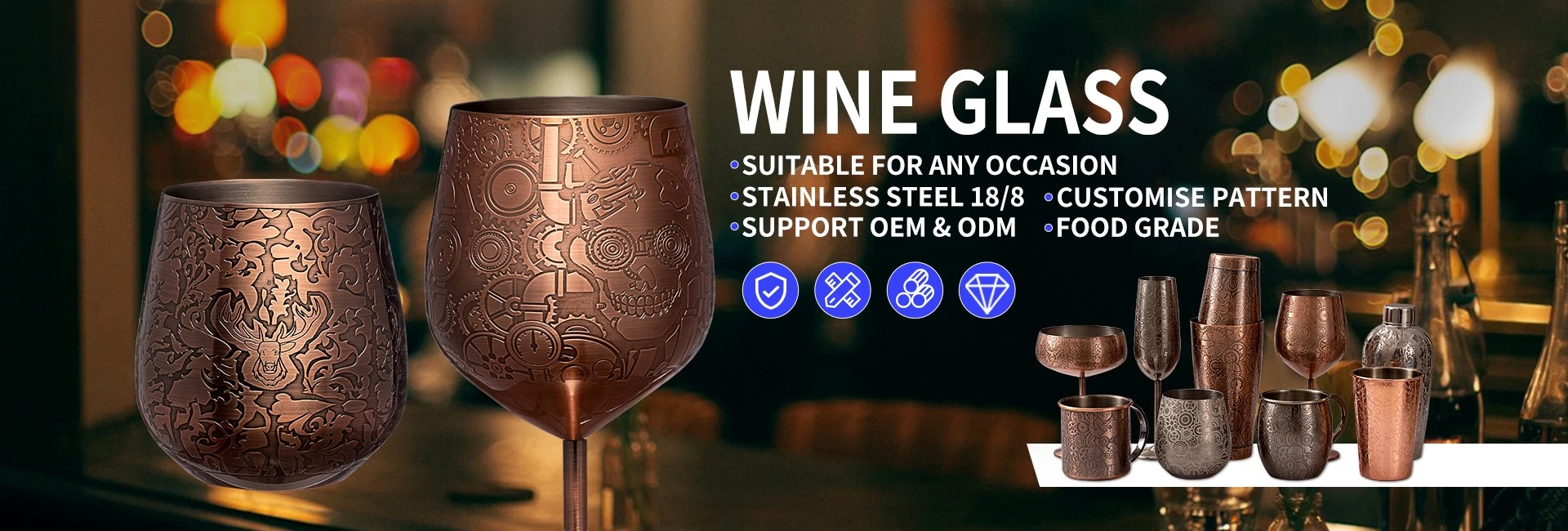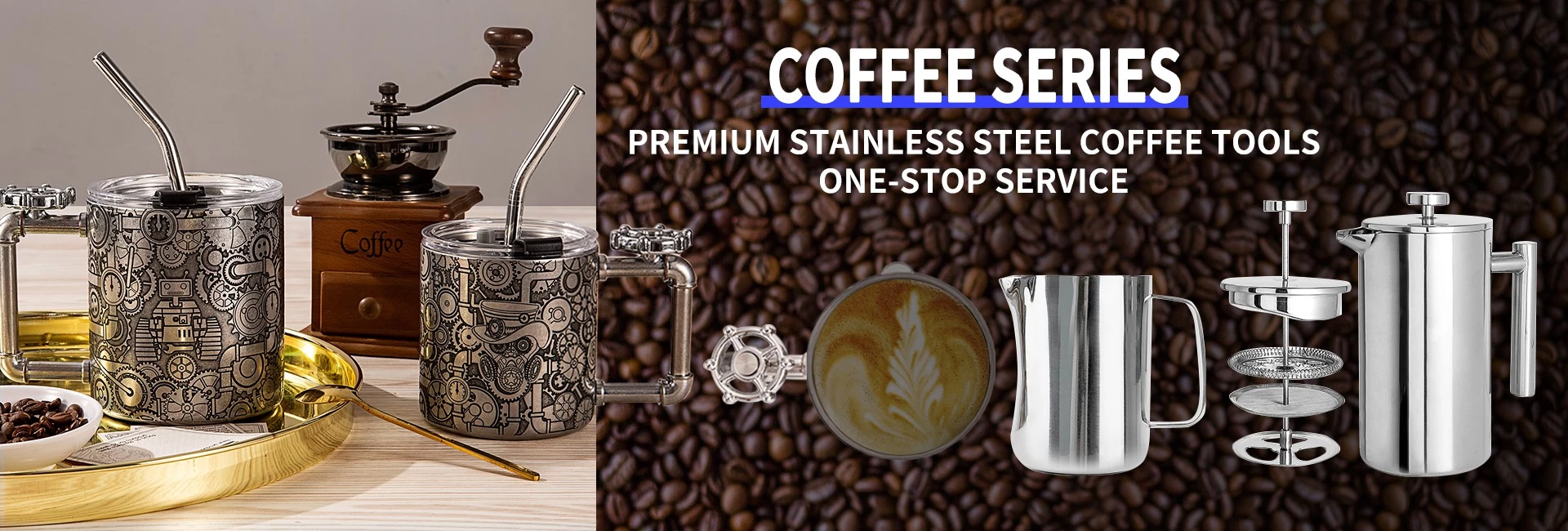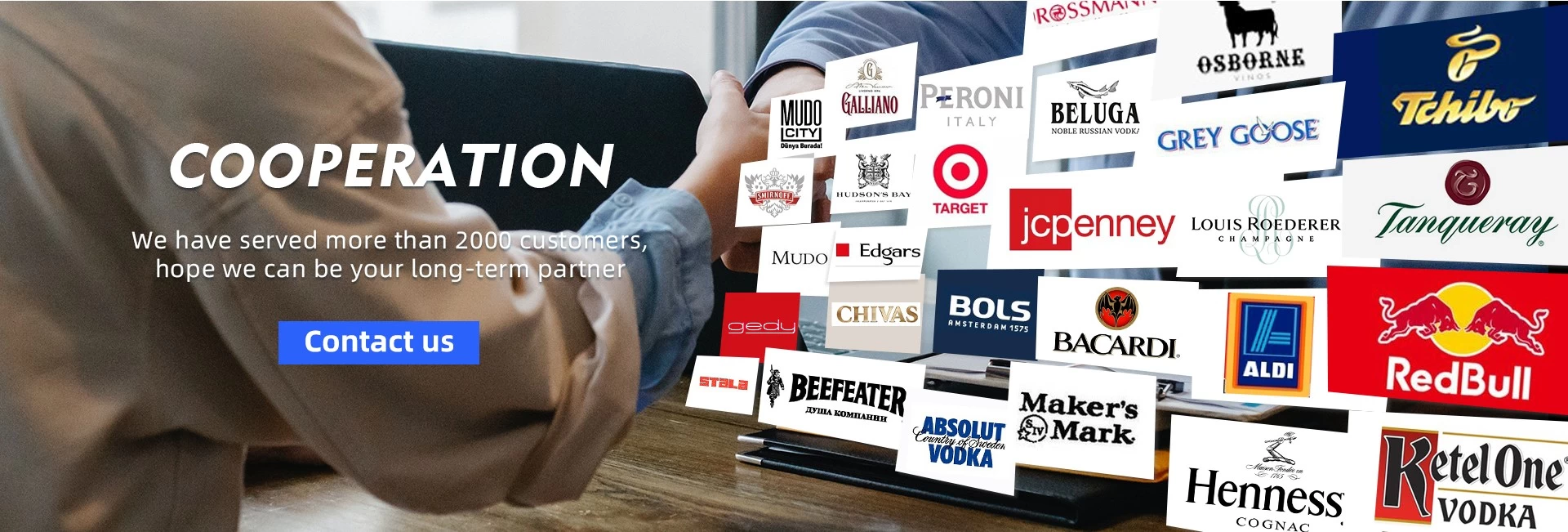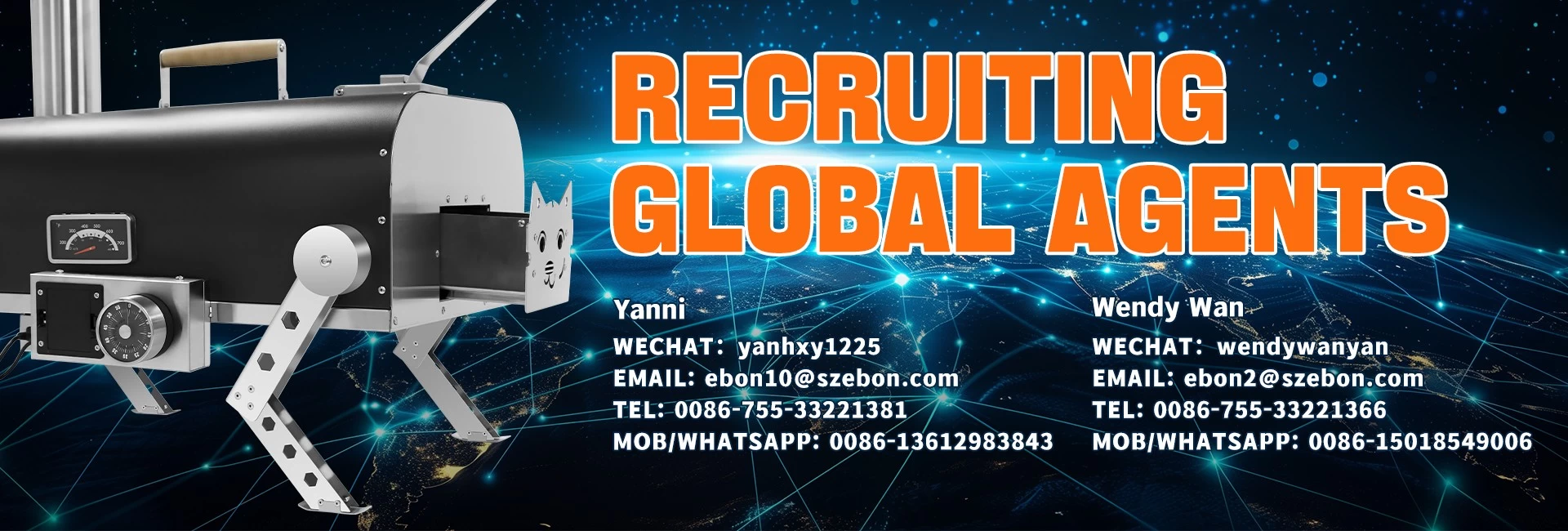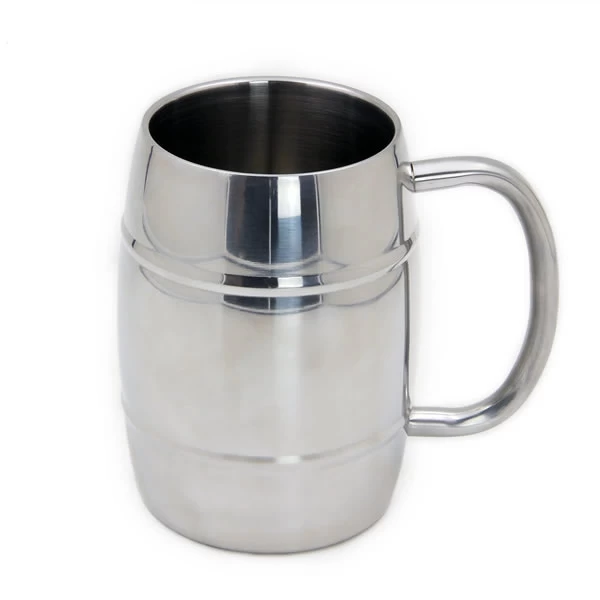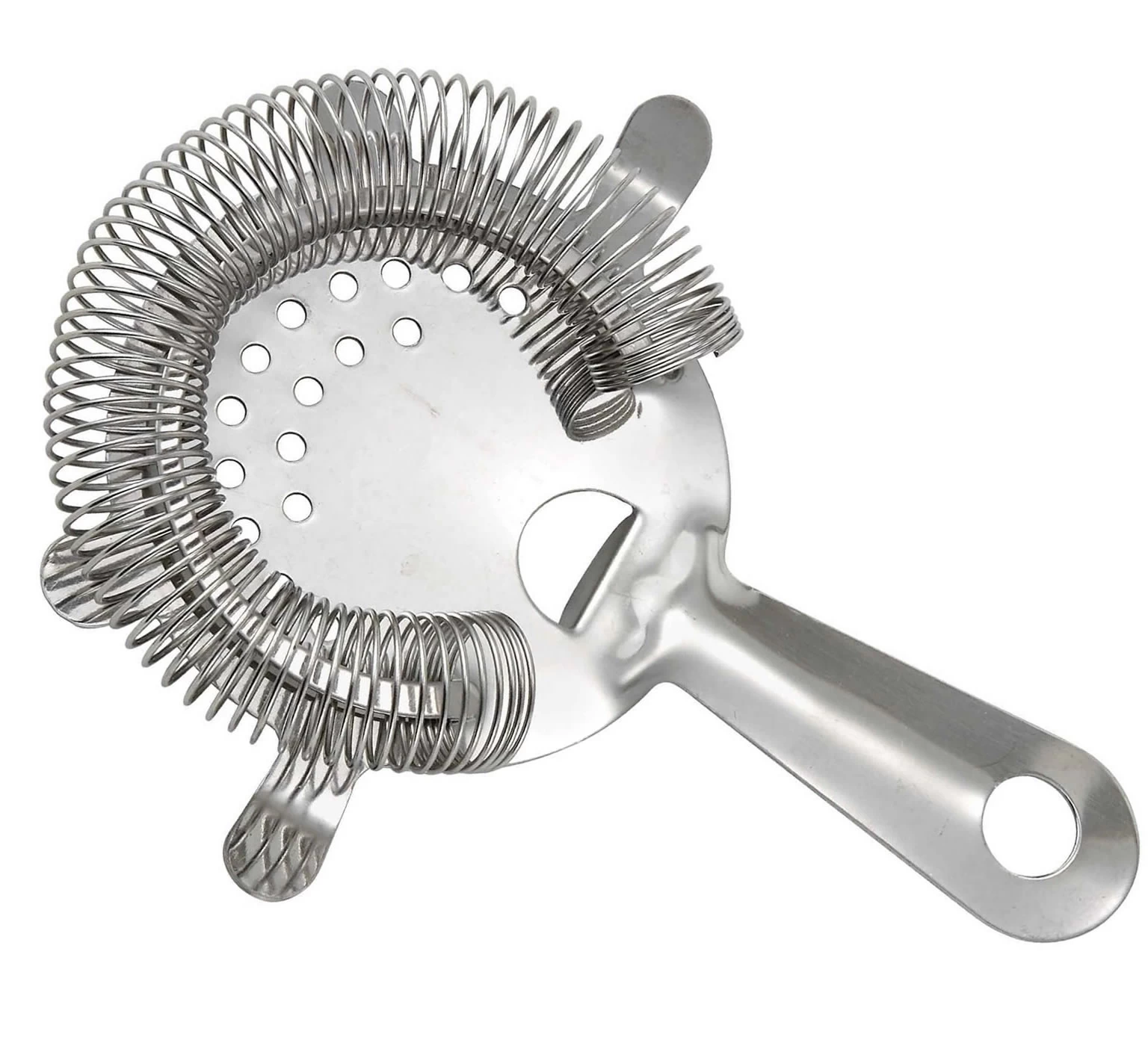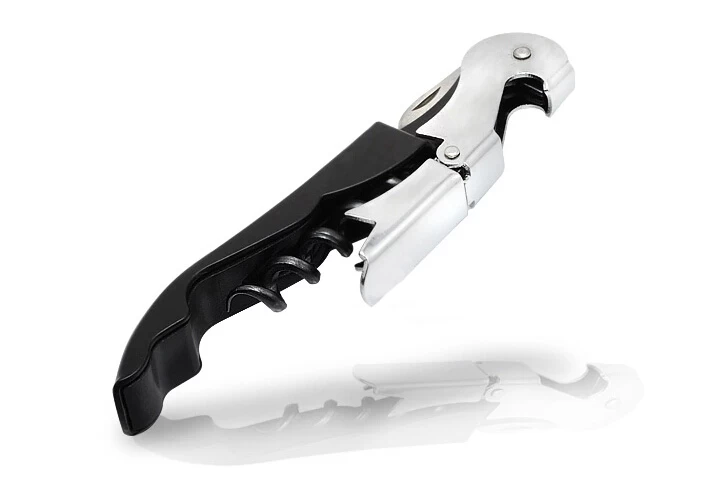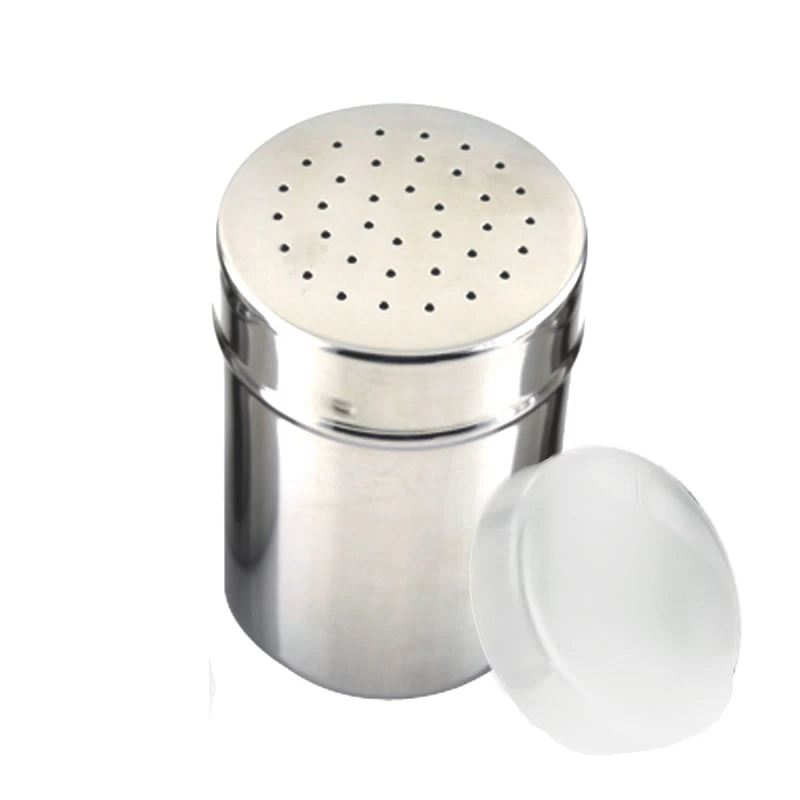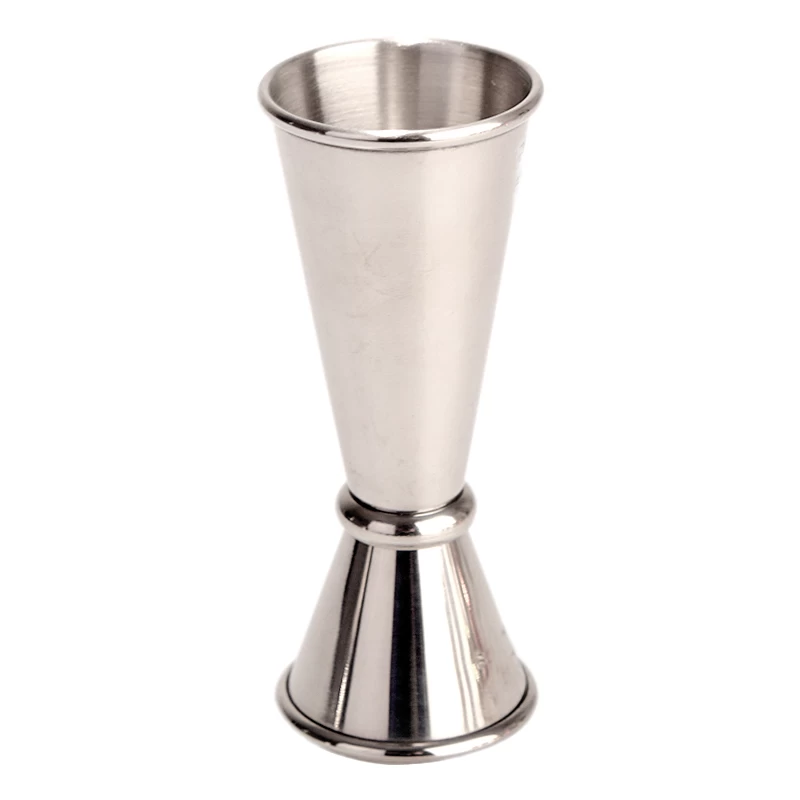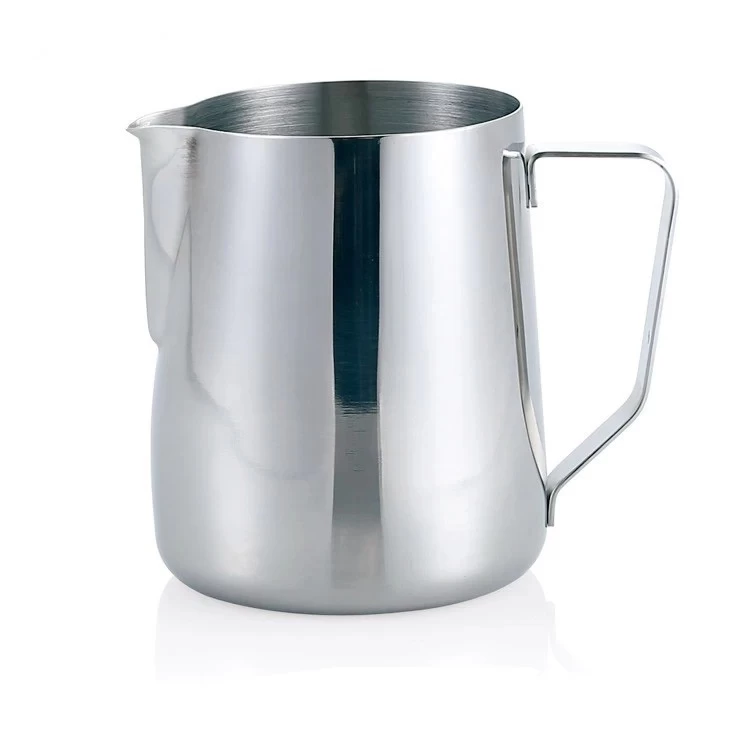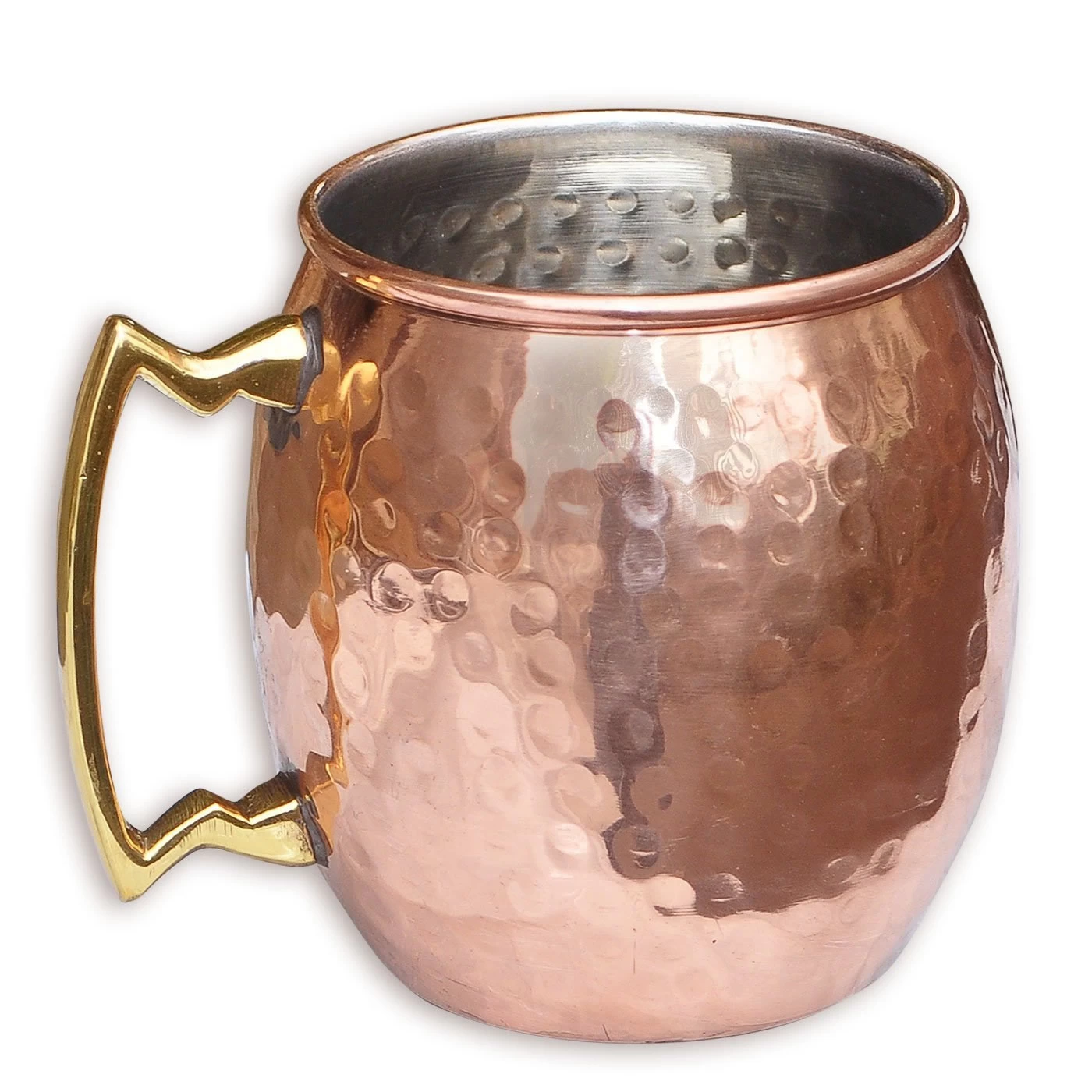The selection criteria for stainless steel cutlery 99% of people do not know
E-BON
E-BON
2018-08-06 11:11:26
There are many types of stainless steel and different properties. It has gradually formed several major categories in the development process. According to the structure of the organization, it is divided into four categories: martensitic stainless steel (including precipitation hardening stainless steel), ferritic stainless steel, austenitic stainless steel and austenitic plus ferrite duplex stainless steel; according to the main chemical components in steel Or some characteristic elements in steel are classified into chromium stainless steel, chrome-nickel stainless steel, chrome-nickel-molybdenum stainless steel, low-carbon stainless steel, high-molybdenum stainless steel, high-purity stainless steel, etc.; according to the performance characteristics and use classification of steel, it is divided into nitric acid resistant Stainless steel, sulfuric acid resistant stainless steel, pitting resistant stainless steel, stress corrosion resistant stainless steel, high strength stainless steel, etc.; classified according to the functional characteristics of steel, divided into low temperature stainless steel, non-magnetic stainless steel, free cutting stainless steel, super plastic stainless steel and so on. At present, the commonly used classification methods are classified according to the structural characteristics of steel and the chemical composition of steel and the combination of the two. Generally divided into martensitic stainless steel, ferritic stainless steel, austenitic stainless steel, duplex stainless steel and precipitation hardening stainless steel, or divided into two categories of chromium stainless steel and nickel stainless steel.
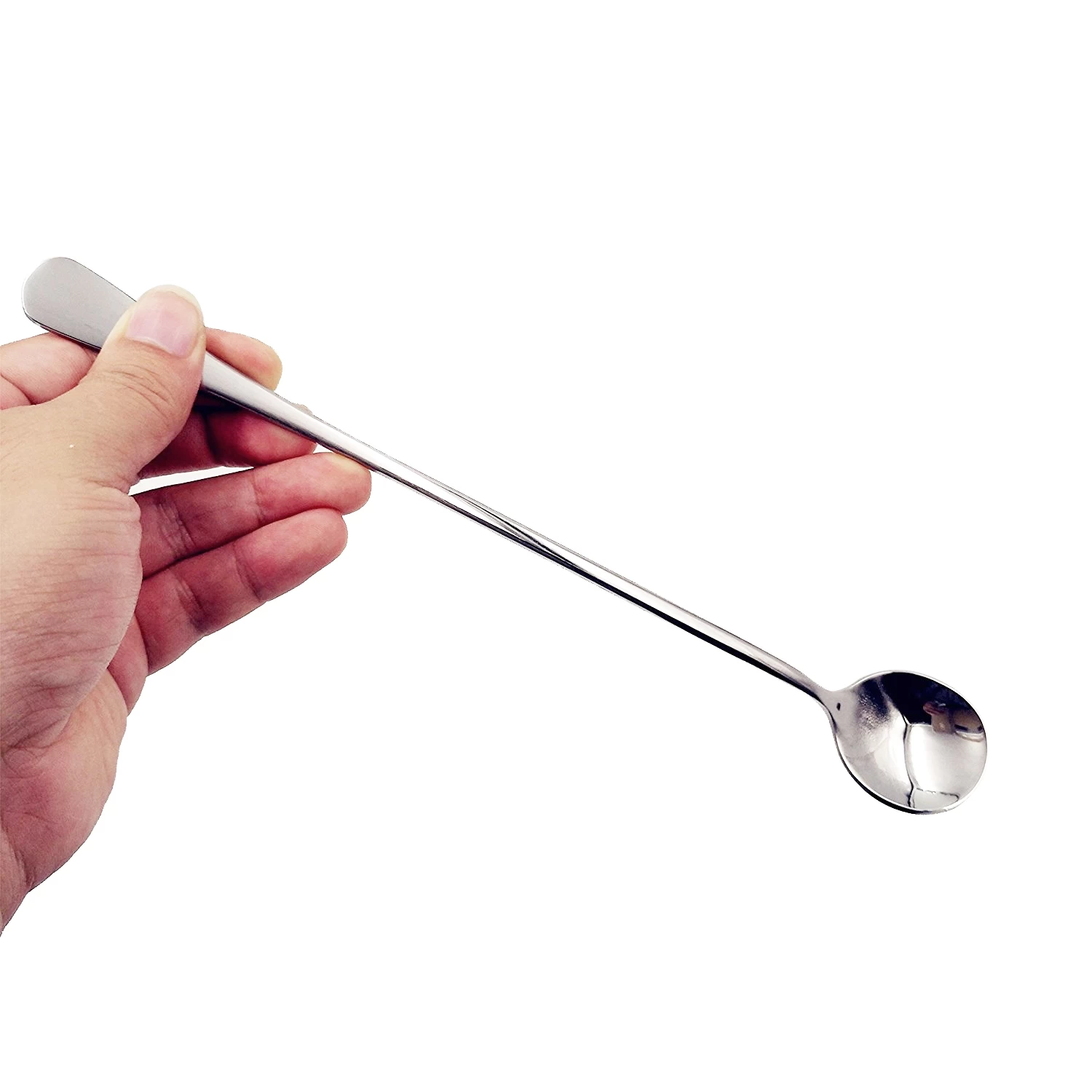
Commonly used models for stainless steel are: 201 202 304 316
316 and 317 stainless steel (see the performance of 317 stainless steel) is a type of molybdenum-containing stainless steel. The molybdenum content of 317 stainless steel is slightly higher than that of 316 stainless steel. Due to the molybdenum in steel, the total performance of this steel is better than that of 310 and 304 stainless steel. Under high temperature conditions, when the concentration of sulfuric acid is lower than 15% and higher than 85%, 316 Stainless steel(Stainless Steel Watermelon Slicer manufacturer) has a wide range of uses. 316 stainless steel also has good chloride corrosion properties and is therefore commonly used in marine environments.
316L stainless steel has a maximum carbon content of 0.03 and can be used in applications where annealing is not possible and maximum corrosion resistance is required.
Corrosion resistance
Corrosion resistance is better than 304 stainless steel, with good corrosion resistance in the production process of pulp and paper. Moreover, 316 stainless steel is also resistant to atmospheric corrosion in the marine and corrosive industries.
Heat resistance
316 stainless steel has good oxidation resistance in discontinuous use below 1600 degrees and continuous use below 1700 degrees. In the range of 800-1575 degrees, it is preferable not to continuously apply 316 stainless steel, but when 316 stainless steel is continuously used outside this temperature range, the stainless steel has good heat resistance. 316L stainless steel has better carbide precipitation resistance than 316 stainless steel and can be used in the above temperature range.
Heat treatment
Annealing is carried out at a temperature ranging from 1850 to 2050 degrees, followed by rapid annealing and rapid cooling. 316 stainless steel cannot be hardened by heat treatment.
316 and 317 stainless steel (see the performance of 317 stainless steel) is a type of molybdenum-containing stainless steel. The molybdenum content of 317 stainless steel is slightly higher than that of 316 stainless steel. Due to the molybdenum in steel, the total performance of this steel is better than that of 310 and 304 stainless steel. Under high temperature conditions, when the concentration of sulfuric acid is lower than 15% and higher than 85%, 316 Stainless steel(Stainless Steel Watermelon Slicer manufacturer) has a wide range of uses. 316 stainless steel also has good chloride corrosion properties and is therefore commonly used in marine environments.
316L stainless steel has a maximum carbon content of 0.03 and can be used in applications where annealing is not possible and maximum corrosion resistance is required.
Corrosion resistance
Corrosion resistance is better than 304 stainless steel, with good corrosion resistance in the production process of pulp and paper. Moreover, 316 stainless steel is also resistant to atmospheric corrosion in the marine and corrosive industries.
Heat resistance
316 stainless steel has good oxidation resistance in discontinuous use below 1600 degrees and continuous use below 1700 degrees. In the range of 800-1575 degrees, it is preferable not to continuously apply 316 stainless steel, but when 316 stainless steel is continuously used outside this temperature range, the stainless steel has good heat resistance. 316L stainless steel has better carbide precipitation resistance than 316 stainless steel and can be used in the above temperature range.
Heat treatment
Annealing is carried out at a temperature ranging from 1850 to 2050 degrees, followed by rapid annealing and rapid cooling. 316 stainless steel cannot be hardened by heat treatment.
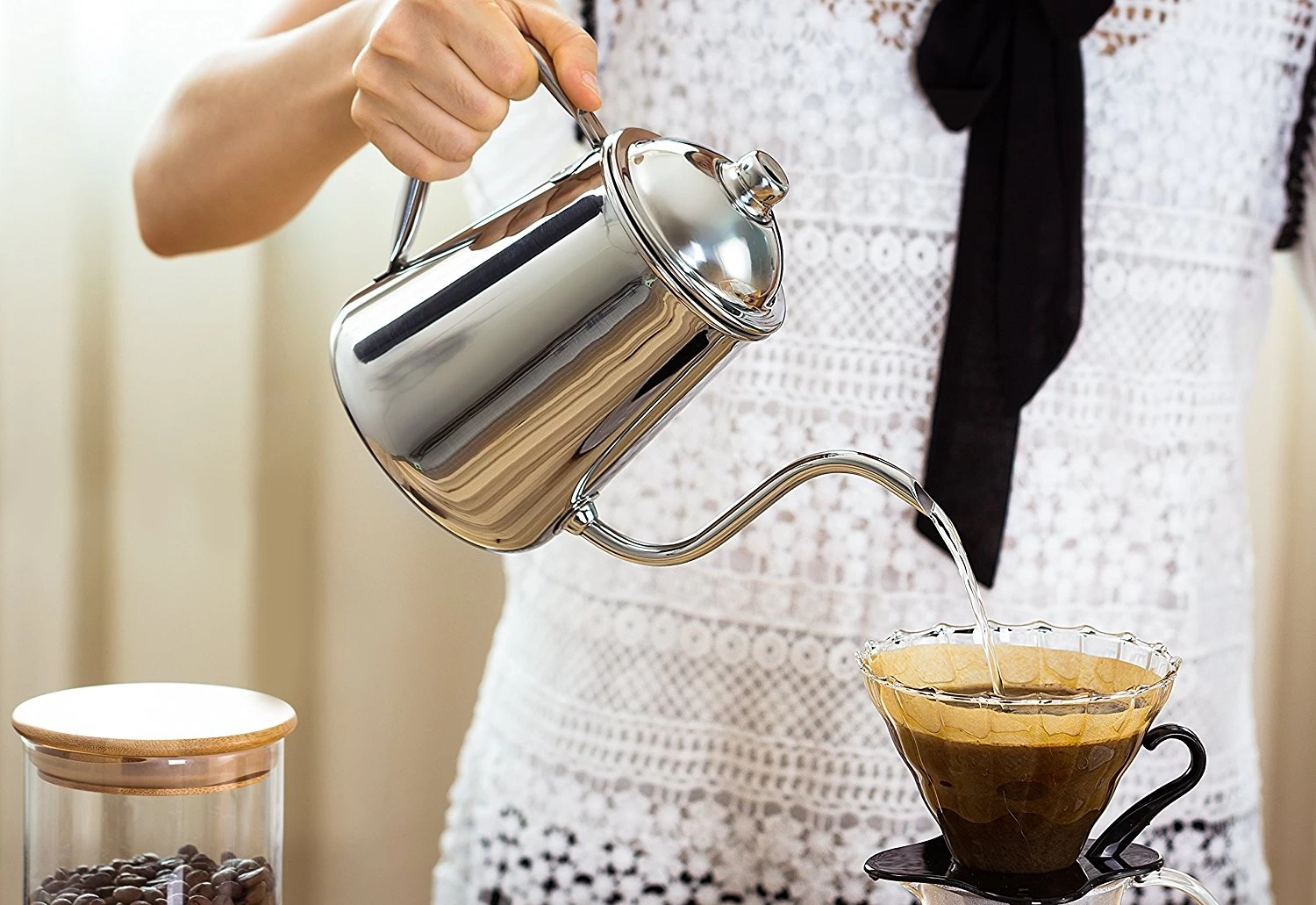
welding
316 stainless steel has good welding properties. All standard welding methods can be used for welding. When welding, 316Cb, 316L or 309Cb stainless steel filler rods or welding rods can be used for welding according to the application. For best corrosion resistance, the welded section of 316 stainless steel requires post-weld annealing. If 316L stainless steel is used, post-weld annealing is not required.
316 stainless steel has good welding properties. All standard welding methods can be used for welding. When welding, 316Cb, 316L or 309Cb stainless steel filler rods or welding rods can be used for welding according to the application. For best corrosion resistance, the welded section of 316 stainless steel requires post-weld annealing. If 316L stainless steel is used, post-weld annealing is not required.


